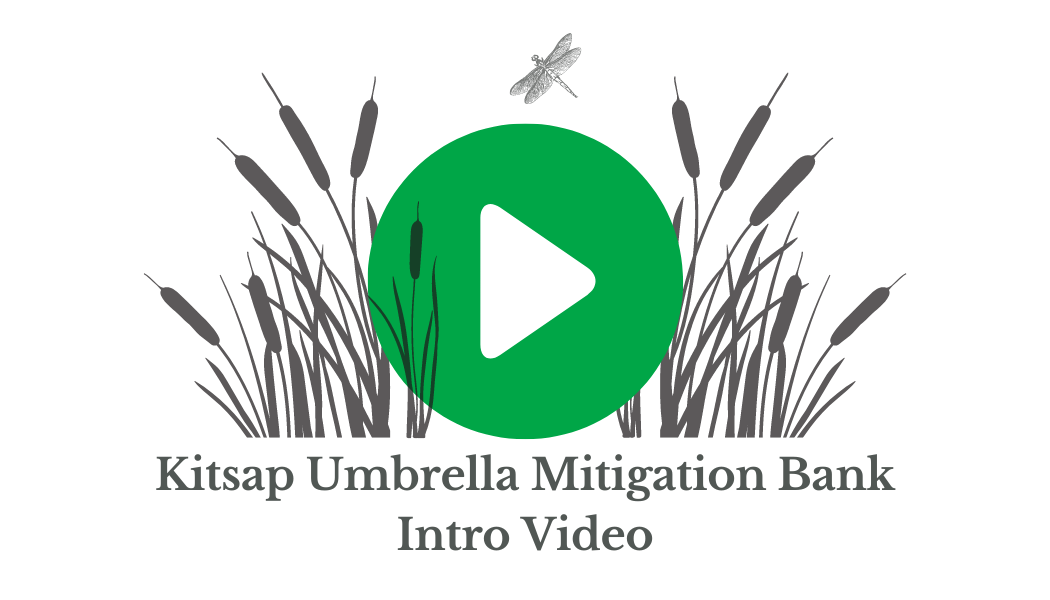
WMP Community Resources
BELOW ARE RESOURCES INTENDED TO HELP OUR COMMUNITY BETTER UNDERSTAND THE PROCESS OF MITIGATION AND INFORMATION ON THE PROPOSED KITSAP UMBRELLA MITIGATION BANK.
Waterman Mitigation Partners is proposing an umbrella mitigation bank on the Kitsap Peninsula between Hood Canal and Puget Sound.
ABOUT Kitsap Umbrella Mitigation Bank
Multiple sites throughout the Kitsap Peninsula watersheds will be restored, enhanced and preserved to offset unavoidable impacts to many important aquatic resources such as freshwater and estuarine wetlands, freshwater streams and riparian areas that outlet to marine waters and subtidal habitats.
Wetland mitigation is required by law to offset any permitted adverse effects to aquatic resources (shorelines, estuaries, swamps, creeks, etc.).
Mitigation banks preserve, enhance, restore or create high-quality wetlands, streams and habitat. Banks provide habitat restoration on a scale that is typically not achievable through permitee-responsible mitigation that are often too small and poorly maintained to function properly.
The Kitsap Umbrella Mitigation Bank will be the first of its kind on the Great Peninsula and will provide mitigation for permitted impacts including Federal shoreline projects, WSDOT infrastructure improvements, healthcare, commercial and residential developments, small businesses, and private homeowners.
This bank will support the sustainable economic development of our communities, while keeping open spaces, environmental restoration and preservation a priority.
It will ensure that ecologically important habitats are permanently protected and conserved for critical species and our community’s future generations.
A mitigation bank for the Kitsap Peninsula is a critical need because:
This is a once in a lifetime opportunity to aggregate capital and resources will accomplish an otherwise unachievable scale of environmental restoration on the Kitsap Peninsula. This umbrella bank will provide the necessary framework to continue to meet the unavoidable mitigation associated with responsible growth and development.
▪ Permittee-responsible mitigation (PRM) has a low success rate. Governing agencies often do not have the resources to ensure performance standards are met. PRM is complicated by the limited land availability on the Kitsap Peninsula. Sub-watersheds cover multiple land ownerships, often with a complex patchwork of private and public lands latticed with transportation infrastructure and utility easements. A mitigation bank offers solutions to these issues.
▪ Future unavoidable impacts are anticipated in this developing region from public and private projects and especially in proximity to multiple federal defense-related industries and bases.
▪ The region has many small sub-watersheds and a development pattern of small- to medium-sized legal ownerships, which overlap critical intertidal habitat, estuarine wetlands, and freshwater aquatic habitats.
▪ The region has intertidal habitat, estuarine wetlands, and interconnected inland subwatersheds that have restoration potential suited for a mitigation bank with multiple sites. Existing efforts to restore such habitats are limited do to the immense financial burden. Mitigation banking is equipped with the financial mechanisms to support expensive restoration projects.
▪ fish habitat
HOW IS A MITIGATION BANK CREATED?
Waterman Mitigation Partners works with Washington state’s Interagency Review Team to create the Mitigation Bank Instrument.
Let’s take a closer look at some of the negative impacts that WMP addresses and corrects at mitigation bank sites.
MITIGATION FAQ
What is mitigation?
Mitigation broadly speaking is the action of reducing the severity, seriousness, or painfulness of something.
"the emphasis is on the identification and mitigation of pollution"
What is a wetland?
Swamps, shallow ponds, marshes, peat bogs, intertidal zones, and fens are examples of wetlands.
Wetlands are areas that are inundated or saturated by surface or ground water at a frequency and duration sufficient to support a variety of wildlife and vegetation suited for life in saturated soil conditions.
Wetland systems are profoundly critical for the water quality of an area, preventing devastating flooding, limiting seasonal fire potential, processing pollutants, and the maintenance of biological diversity and the overall food web.
What is wetland mitigation?
According to the EPA and the U.S. Army Corps of Engineers wetland mitigation means the:
restoration (re-establishment or rehabilitation of aquatic resources),
establishment (creation),
enhancement, and/or
in certain circumstances, preservation of wetlands, streams and other aquatic resources such as estuaries and shorelines. The purpose of compensatory mitigation is to offset unavoidable adverse impacts which remain after all appropriate and practicable avoidance, and minimization of impacts have been achieved.
What is a mitigation bank?
A mitigation bank is a wetland, stream, or other aquatic resource area that has been restored, established, enhanced, or (in certain circumstances) preserved for the purpose of providing compensation for unavoidable impacts to aquatic resources permitted under Section 404 or a similar state or local wetland regulation. A mitigation bank may be created when a government agency, corporation, nonprofit organization, or other entity undertakes these activities under a formal agreement with a regulatory agency. Mitigation banks have four distinct components:
Bank site: the physical acreage restored, established, enhanced, or preserved;
Bank instrument: the formal agreement between the bank owners and regulators establishing liability, performance standards, management and monitoring requirements, and the terms of bank credit approval;
Interagency Review Team (IRT): organized and led by the US Army Corps of Engineers and the WA Dept. of Ecology, the IRT is comprised of regulatory, governmental, and community stakeholders that review, approve and oversee mitigation banks;
Service area: the geographic area in which permitted impacts can be compensated for at a given bank.
Will the WMP mitigation bank increase my taxes?
No. The WMP mitigation bank is a privately managed and funded enterprise.
What is an ‘impact’ or aquatic resource impact?
An aquatic resource impact is the degradation of a wetland. Impacts can be planned and permitted or accidental. Examples of impacts are building overwater structures, filling in wetlands, and re-routing creeks.
The genesis of managing and avoiding aquatic impacts is found in the Clean Water Act of 1972, specifically Section 404 of the act. For five decades there have many additional standards, scientific recommendations, and protocols to the process of avoiding, permitting, and mitigating allowed impacts.
Of course unacceptable occurrences like inputting sewage or chemical pollutants into a watershed are negative aquatic impacts, but that type of impact is outside the umbrella and influence of wetland mitigation.
Who regulates / permits aquatic impacts?
There is a long and thorough process of permitting any aquatic impact. In Washington State it is overseen and permitted collectively by the Department of Ecology and the Army Corps of Engineers.
Those who specialize in wetland mitigation have no influence in the permitting process of an impact. Mitigation providers are the last step in a long sequence of impact avoidance, minimization, and permitting.
What is a mitigation credit?
A mitigation credit is commodity value determined to provide ecological uplift for a permitted impact.
A mitigation credit is what is produced when a wetland is restored, enhanced, or in some cases, preserved. The goal of the credit system and wetland mitigation is to cause no further damage to the environment without compensating in equal or greater way.
This is referred to as “No-Net-Loss”.
Who needs mitigation?
Any person or organization, public or private, with a permitted impact on an aquatic system. Examples include schools, companies, housing providers, the department of transportation, private homeowners, the federal government, municipalities, commercial developers, public utility districts, the healthcare system, everyone!
Not all mitigation requires purchasing a credit though. Much mitigation can be done by limiting and avoiding particular impacts or simple onsite actions that will benefit the environment.
Does mitigation ‘cause’ growth or development?
No.
Development and growth is the result of people, businesses, and organizations seeing an area as valuable and desirable to be in. Washington State and Kitsap have rapidly increased in population for over 150 years and will likely continue to do so.
Mitigation is an effort to manage that growth responsibly. Mitigation banks are a proven upgrade on the current mitigation system currently practiced on the Kitsap Peninsula. Hopefully the use of banks will someday be supplanted by an even better system of sustainable community development.











